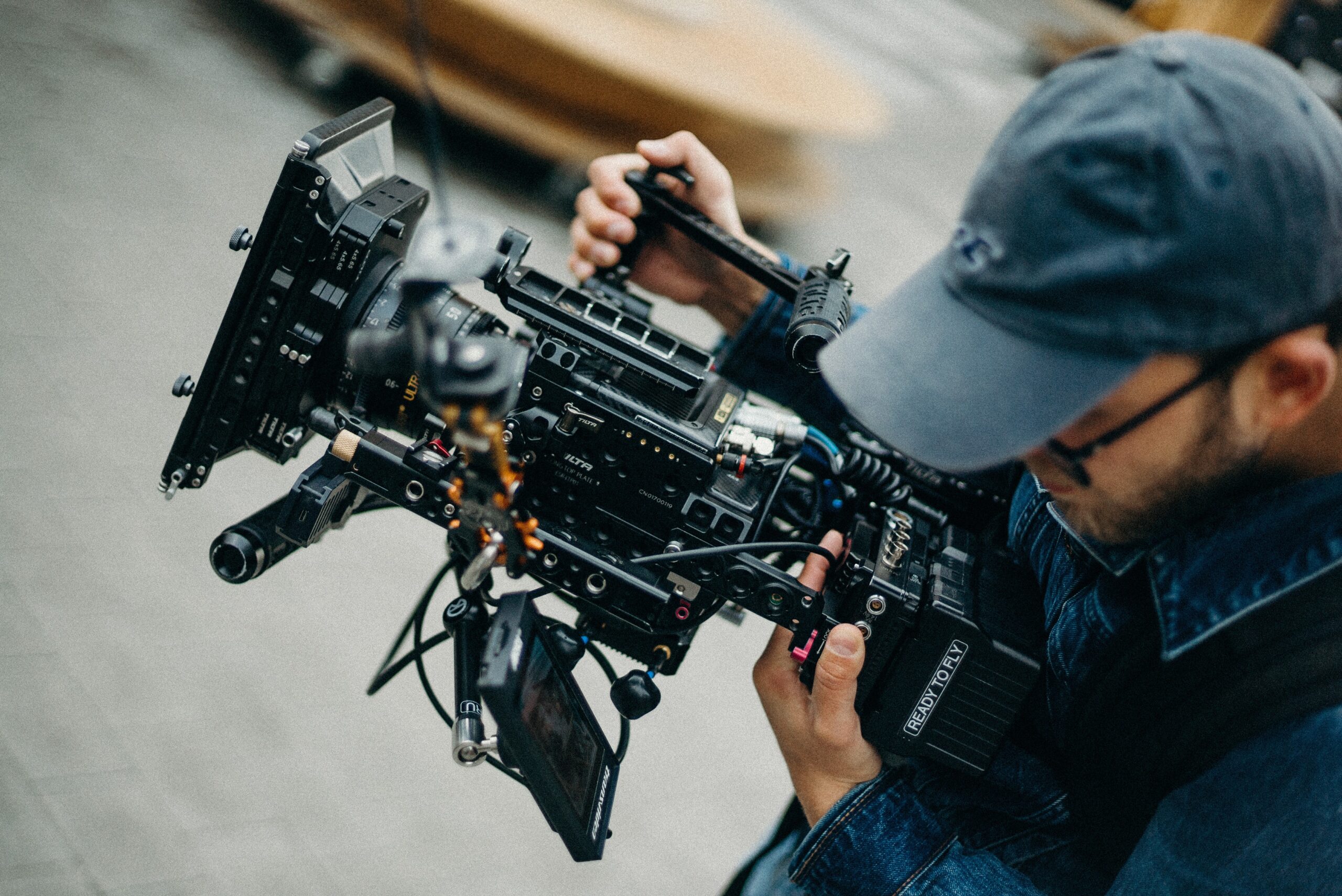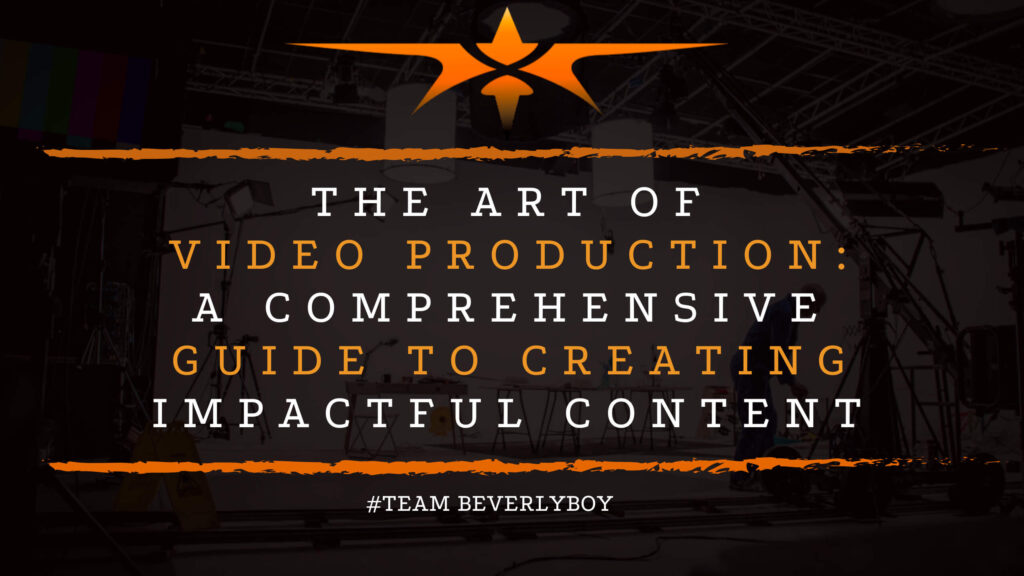The Art of Video Production: A Comprehensive Guide to Creating Impactful Content
In today’s digital world, video content has become an indispensable tool for communication, marketing, and education. Whether you are creating a corporate video, a promotional ad, or an educational tutorial, the process of video production is both an art and a science. From the initial concept to the final edit, every step is crucial in producing a video that captures attention and delivers its message effectively. In this guide, we’ll explore the key stages of video production and why each one is vital in creating high-quality content.

Pre-Production: Laying the Groundwork
The journey to creating a great video begins long before the cameras start rolling. Pre-production is the planning phase where all the important decisions are made that will influence the rest of the project. This includes developing the concept, writing the script, storyboarding, selecting talent, and organizing logistics.
- Concept Development: The first step in pre-production is defining the purpose of your video. What message are you trying to communicate? Who is your target audience? Answering these questions will shape every decision moving forward, from the tone of the script to the visual style.
- Scriptwriting: A well-written script is the backbone of any good video. It not only outlines the narrative and key dialogue but also helps to structure the timing and flow of the video. A strong script ensures that your video communicates your message clearly and effectively.
- Storyboarding: Storyboarding involves creating a visual representation of how each scene in the video will unfold. This helps the production team understand the shot composition, camera angles, and how the video will transition from one scene to the next.
- Casting: Depending on the nature of your video, casting may involve hiring actors, presenters, or voice talent. If the video is going to be translated into multiple languages, including a French voice over may be necessary to reach French-speaking audiences, adding a level of professionalism and localization to your project.
Production: Bringing the Vision to Life
Once pre-production is complete, the production phase begins. This is when the ideas come to life on camera. Whether you’re filming live-action scenes or capturing product shots, the quality of the footage you capture will be key to the success of your video.
- Filming: The production crew sets up cameras, lighting, and sound equipment based on the pre-established plan. Depending on the complexity of the project, this could take anywhere from a few hours to several days. It’s essential to have a skilled crew to ensure smooth shooting.
- Audio Recording: Audio quality is just as important as video quality. Dialogue, sound effects, and music must all be carefully recorded to ensure they enhance the viewer’s experience. In some cases, additional voiceovers may be necessary to clarify or expand upon key points. This is where voice talent plays an essential role in ensuring that the message is effectively conveyed to the audience.
- Lighting and Cinematography: Lighting is a crucial part of video production. It helps set the mood, highlight key elements, and ensure the subject is clearly visible. Skilled cinematographers use lighting techniques to make the video visually appealing and professional.
Post-Production: Refining the Final Product
After filming is complete, the real magic happens in post-production. This phase involves editing the footage, adding audio, and making the final adjustments that bring the video to life.
- Video Editing: Video editing is where the raw footage is transformed into a polished final product. Editors cut, arrange, and combine scenes, making sure the video flows smoothly and the narrative is cohesive. They also apply color correction and visual effects to enhance the overall look of the video.
- Audio Post-Production: Audio editing is just as important as visual editing. In this stage, dialogue, sound effects, and music are balanced and synchronized with the video. This may include adjusting volumes, removing unwanted noise, and ensuring that any voiceovers are integrated smoothly into the final audio mix.
- Visual Effects and Graphics: If your video includes visual effects, animations, or graphics, they are added during post-production. This can include text overlays, logos, lower thirds, and other visual elements that help convey your message more clearly or creatively.
- Final Review and Approval: Once all the elements are combined, the video is reviewed by the production team and clients for approval. This is the time to make any last-minute adjustments before the video is finalized.
Distribution: Reaching Your Audience
Once the video is complete, it’s time to distribute it to your audience. Distribution involves choosing the right platforms, optimizing the video for search engines, and tracking its performance to ensure maximum engagement.
- Platform Selection: Consider where your target audience is most likely to engage with your content. For example, YouTube and Vimeo are great for long-form videos, while platforms like Instagram or TikTok are better for shorter, more dynamic content.
- SEO Optimization: Video SEO is crucial for ensuring that your video is discoverable. This includes optimizing the title, description, and tags to ensure the video ranks well in search results. For videos aimed at international audiences, it may also involve adding subtitles or captions in multiple languages.
- Analytics and Feedback: After the video is live, it’s important to track its performance. Use analytics tools to see how the video is being received and make adjustments to your content strategy based on viewer engagement.
Conclusion
Video production is a multifaceted process that requires careful planning, creativity, and technical skill. From pre-production to post-production, every step plays a role in ensuring that the final product is of high quality and meets its intended goals. Whether you’re creating a video for marketing, education, or entertainment, understanding the process and working with experienced professionals can make all the difference in bringing your vision to life. Keep in mind that each detail matters—be it the script, the filming, or the final edit—because it all contributes to the overall impact of your video.


